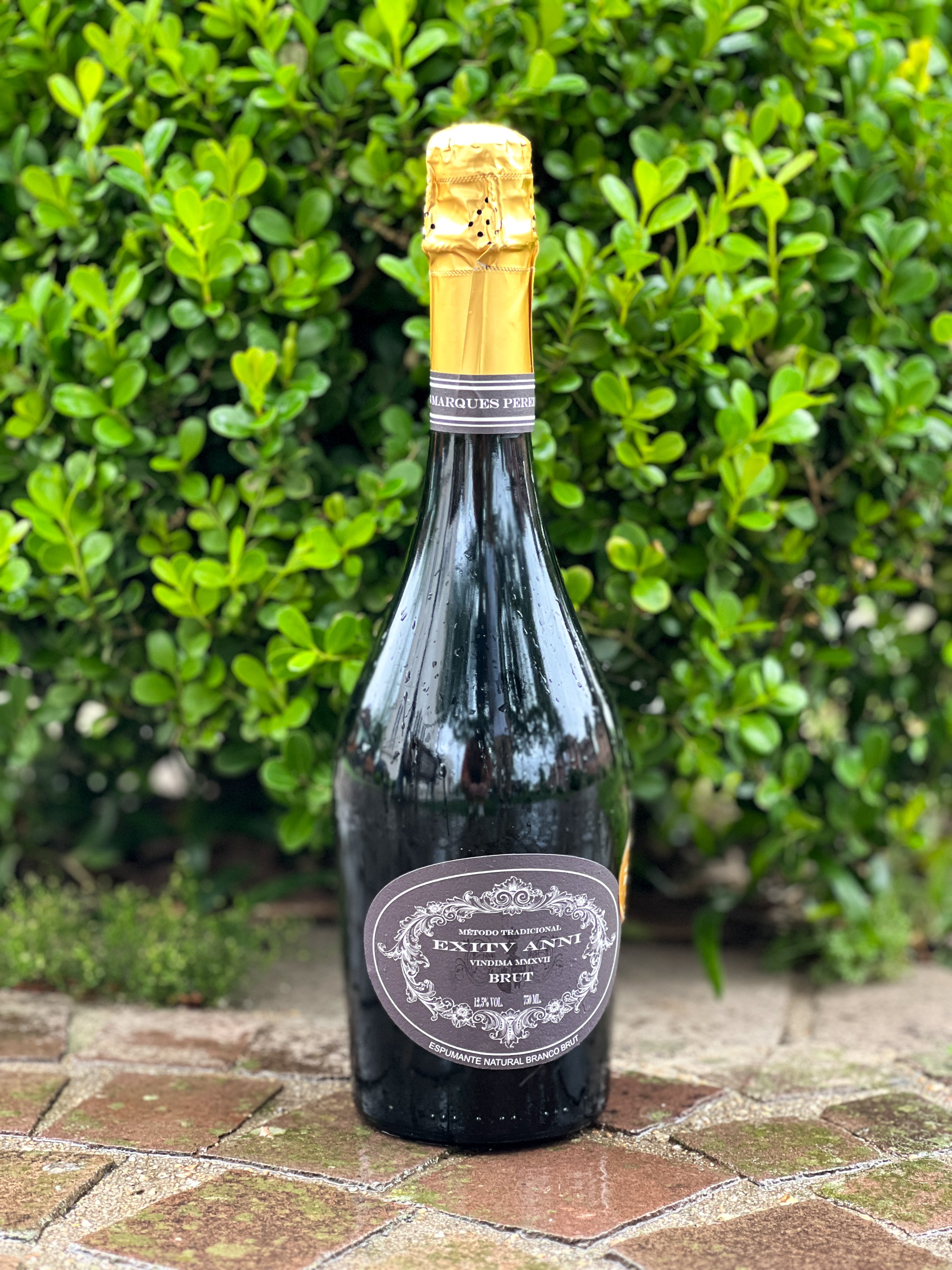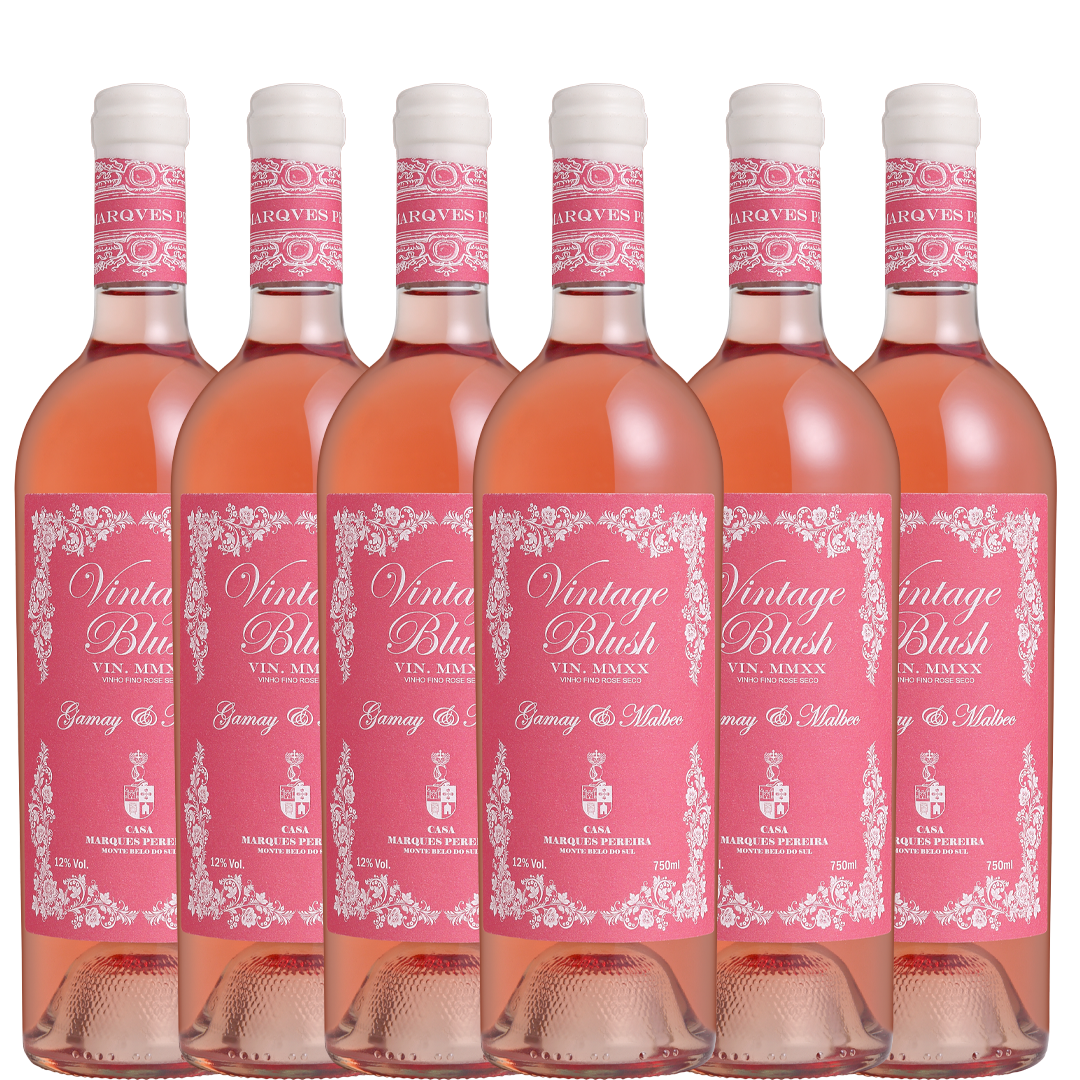Nebbiolo: The Elegance and Complexity of the Grape that Delights Wine Lovers
The Nebbiolo grape is one of the jewels of Italian viticulture, known for producing some of the most elegant, complex, and long-aging red wines. Originating from the Piedmont region in northwestern Italy, Nebbiolo is a variety that enchants wine lovers with its imposing structure, seductive aromas, and aging potential. In this article, we will explore the charms and peculiarities of the Nebbiolo grape and its influence on the production of exceptional wines.
Origin and history
Nebbiolo has a rich and ancient history, dating back centuries. Its name derives from the Italian word "nebbia," meaning "fog," a reference to the mist that often envelops the vineyards of Piedmont during harvest. The grape is believed to have originated in the Langhe region, where the famous Barolo and Barbaresco vineyards are located today.
Viticultural characteristics
The Nebbiolo grape has unique characteristics in the vineyard. It requires a cool climate and higher altitudes to reach its full potential. The Nebbiolo harvest occurs relatively late, usually in the autumn, when the grape reaches its full maturity. The thick skin and small berries of the Nebbiolo contribute to the concentration of aromas and tannins in the grape.Sensory profile
Wines produced with the Nebbiolo grape are characterized by a distinct sensory profile. They present an intense ruby-red color and a wide range of complex aromas, including notes of cherries, plums, roses, violets, tar, spices, and truffles. On the palate, Nebbiolo wines are elegant, with a harmonious combination of ripe fruit, firm tannins, and vibrant acidity, which gives them balance and longevity.
Iconic wines
Barolo and Barbaresco wines are the main representatives of the potential of the Nebbiolo grape. Barolo is considered the "king of wines" and is known for its powerful structure, pronounced tannins, and earthy and floral aromas. Barbaresco, in turn, is a little more approachable and delicate, but equally elegant and complex. Besides these, there are other wines produced with Nebbiolo, such as Gattinara, Ghemme, and Nebbiolo d'Alba, each with its own distinct characteristics.Potential for aging
The Nebbiolo grape is admired for its aging potential. Great Nebbiolo wines reveal their fullness and complexity after years of bottle aging. Over time, the tannins soften, the aromas develop, and the flavors integrate, resulting in a rewarding sensory experience.
The Nebbiolo grape represents the essence, elegance, complexity, and history of Italian wine. Its wines are true works of art, capable of conveying the personality of the Piedmont region and enchanting even the most discerning palates. With their seductive aromas, firm tannins , and distinctive flavors, wines made with this variety offer unique and memorable sensory experiences.















